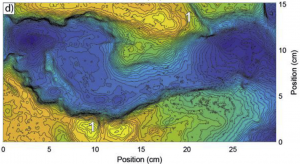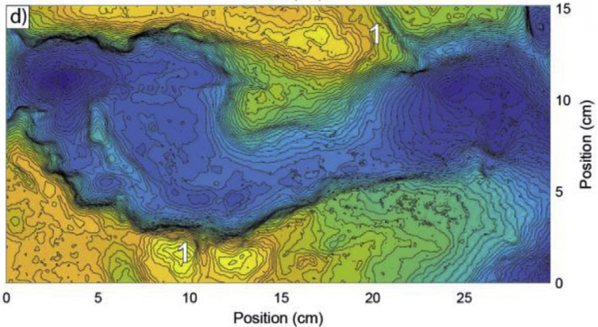The Engare Sero site in northern Tanzania preserves footprints made by humans traversing the landscape between 10 and 20 thousand years ago. The footprints inform our understanding of prehistoric society and group dynamics, but this information is being lost to wind and water erosion at the site. In research recently published in Quaternary Science Reviews, GES faculy members Brian Zimmer, Dr Cynthia Liutkus-Pierce, and Dr Scott Marshall use photogrammetric techniques to transform digital photos into three-dimensional models to characterize the pattern and rate of change of the Engare Sero footprints. This work, highlighted in National Geographic and Appalachian Today , will help develop plans for protecting these cultural treasures, and may inform other studies that infer animal attributes from footprints.

